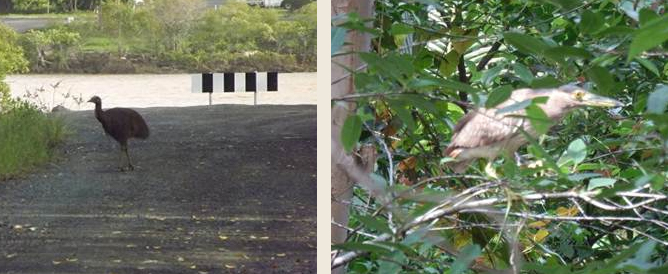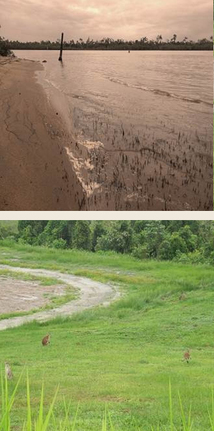
The rain fell on Friday and overnight the Johnstone River turned from blue to brown. However, it was a welcome relief from the oppressive heat we have experienced over the last couple of weeks: in the nursery the temperature fell from 36 to 25 degrees. The wet season has well and truly started with the monsoon trough dotted in on the weather chart across the Torres Strait: it is expected to drop down over the gulf this coming week.
The fresh, sweet grass shoots brought the wallabies out of their day-time seclusion to browse in the open.
The mosquitoes are out in force and to walk anywhere you need to ‘ slip and slop’. Coquette Point is mosquito heaven. I find light coloured clothes are less likely to attract mosquitoes. Certainly red, black and blue are attractant colours. Light cotton clothes breathe rather than synthetic fabric which induces sweating and of course wearing a hat at all times is necessary to protect the eyes and the face from the glare of the sun.
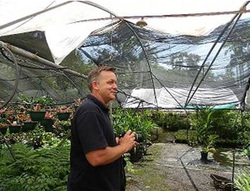
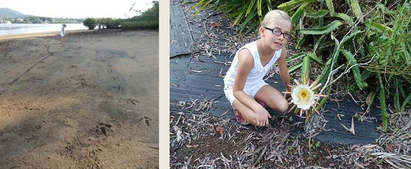
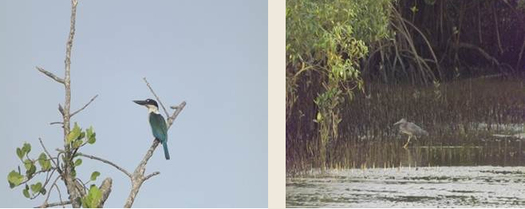
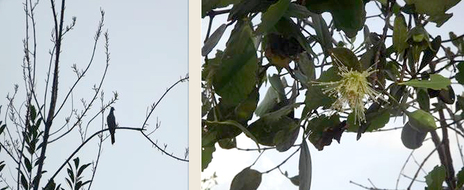
As I walked back up the road to the nursery I sensed something behind me and it was the subadult cassowary ‘Q’ coming out of the mangrove forest on the seaward side of the point and heading for the Eastern Feed station.
The sun continued to shine all day although some cloud covered cooled the day and a strong 25knot SE has brought welcome cool air from the south.
Cheers for now.



